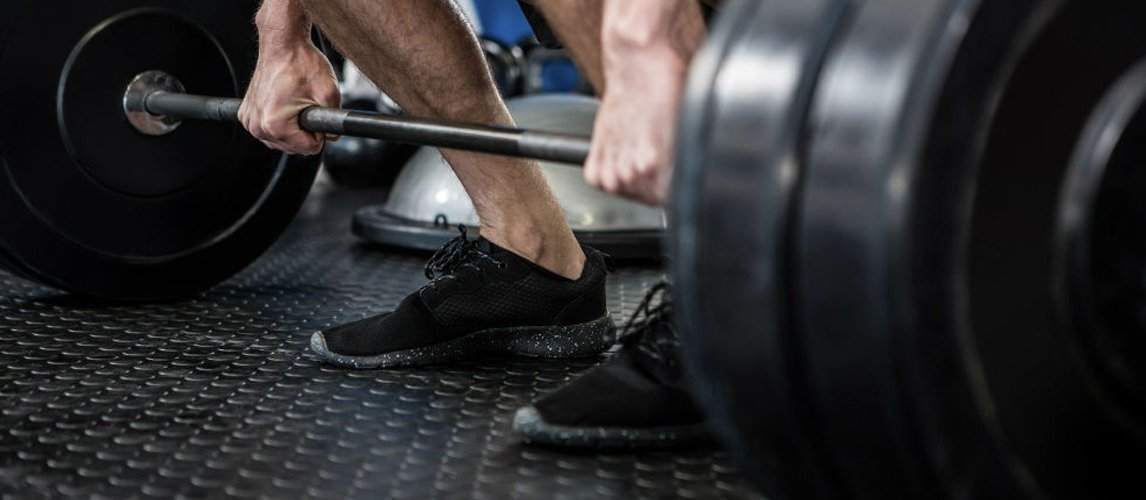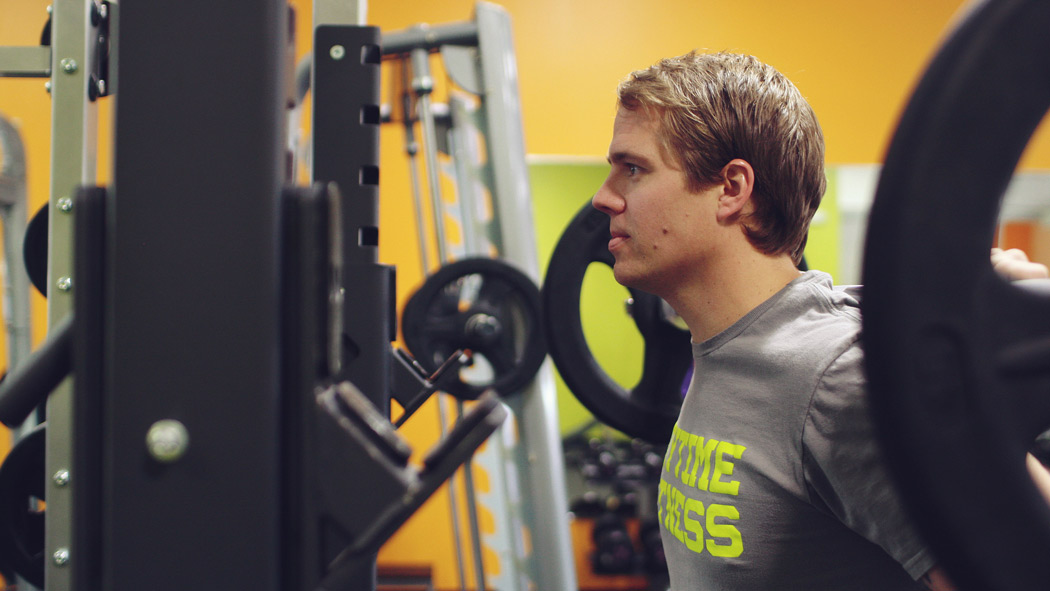Strong muscles will not only help you lose weight faster, but they will also promote better overall health. Among all types of training programs out there, weight training seems to be one of the most effective for muscle growth and fat loss, when combined with cardio exercises. However, when the technique is not right or certain safety measures not followed, the risk of injury appears. The effectiveness of the training session also decreases significantly. To maximize your efforts in the gym but also remain safe at all times of your training sessions, follow the tips and tricks below.
Before You Start
Before you start any exercise program, you should always check in with your physician. Those suffering from pre-existing medical conditions, who are overweight or over the age of 40 should always visit a medical professional before starting their training program, especially in the case of resistance training programs.
Pre-workout screenings will help you identify if your health is due to put you at risk of experiencing health issues during your training sessions. This will help you decide if the benefits of weight training outnumber the risks at which you expose yourself to during your workout sessions.
When you join a gym, invest in the services of a personal trainer during your first sessions. They will properly explain to you posture and techniques and they will offer you insightful information on all the training methods that you can approach into the gym.
Warming Up Is Part of Your Safety Routine
Before each resistance training session, you have to make sure that you warm up for at least five minutes. Stretching, aerobic exercises and a bit of cardio are perfect to warm up your muscles and joints and prevent injury during your training sessions.

Weight Training Do’s
There are certain things that you should always make sure that you do before and during your weight training session, to maximize the effectiveness of your efforts but also safety during your workout.
- Lift appropriate weights for your level. To make sure that you start off your training sessions safe and effective, lift weights that you can comfortably handle 12 to 15 times per set. Depending on your resistance level, repeat 3 to 4 session of each exercise. When just starting off your journey, a single set of 12-15 reps will help you build the right level of strength. Progressively increase your set number as you become stronger and more experienced.
- Use proper form. We previously mentioned that proper form is one of the first ways to ensure safety while strength training. Plus, a proper form will help you have better results, in the long run. If you notice that you cannot maintain proper form, you can decrease the number of repetitions or the weight used. When you’re not sure that you perform certain exercises correctly, better ask a personal trainer for further clarifications on your form.
- Learn how to breathe. As tempting as it might be to hold your breath while lifting weights, avoid this. Learn how to breath out as you lift and in as you lower your weights.
- Improve your balance. To avoid injury while resistance training, make sure to improve your balance. Work all muscle groups, large and small. To improve your balance, Pilates is a great training form, besides your strength training sessions. It works out your stabilizing muscles, helping you to avoid injury.
- Invest in proper gym shoes. Nobody seems to realize how important proper shoes are during resistance training. Choose shoes that are designed to offer you extra stability and that fit well. One of the biggest mistakes that you can do in the weight room wearing shoes that are too tight. This will prevent you from having a proper form while lifting and will damage your balance and posture. This issue is especially common in people with wider feet. For them, wide fit trainers seem to be the most appropriate solution. This type of shoes had the necessary design elements to offer extra stability and comfort while lifting and help you properly transfer all your force through the ground when (a necessary aspect when lifting heavier weights). Plus, they will help you get a better sense of where your body is truly positioned, which is extremely important when lifting heavy. When squatting, a pair of shoes that fit you well will allow you to perform a deeper squat, with the right technique.

Weight Training Dont’s
While you certainly have to follow some rules when resistance training, you also have a short list of things that you must avoid during your workout sessions.
- Never skip the warmup. You may already know from your physical education classes in school that cold muscles are more prone to injury than warm muscles. 10 minutes of aerobic exercises or a small cardio session will help you warm up your muscles enough to properly and safely carry on with your resistance training.
- Don’t rush in your training sessions. Injuries are more likely to occur in your training sessions if you rush the movements. Make sure that each rep is mindfully carried and you avoid relying on momentum to perform your exercises. Rest between your sets, at least a minute, depending on how heavy you lift. For heavier weights, you can even rest up to three minutes between sets.
- Don’t overdo. For most people, a single set of 12-15 repetitions is enough. Extra sets, for beginners, will take extra time and contribute to overdo injury. Depending on your fitness goals and fitness preparedness, make sure to adapt the number of sets.
- Don’t ignore pain. Contrary to popular belief, pain is not always good, or at least not all types of pain. While you certainly want to make sure that you fatigue your muscles in the process, don’t ignore any sort of pain. This generally is a sign that you have to stop what you’re doing, that your technique or form is improper.
These pieces of advice will help you ensure proper safety levels and proper results.







